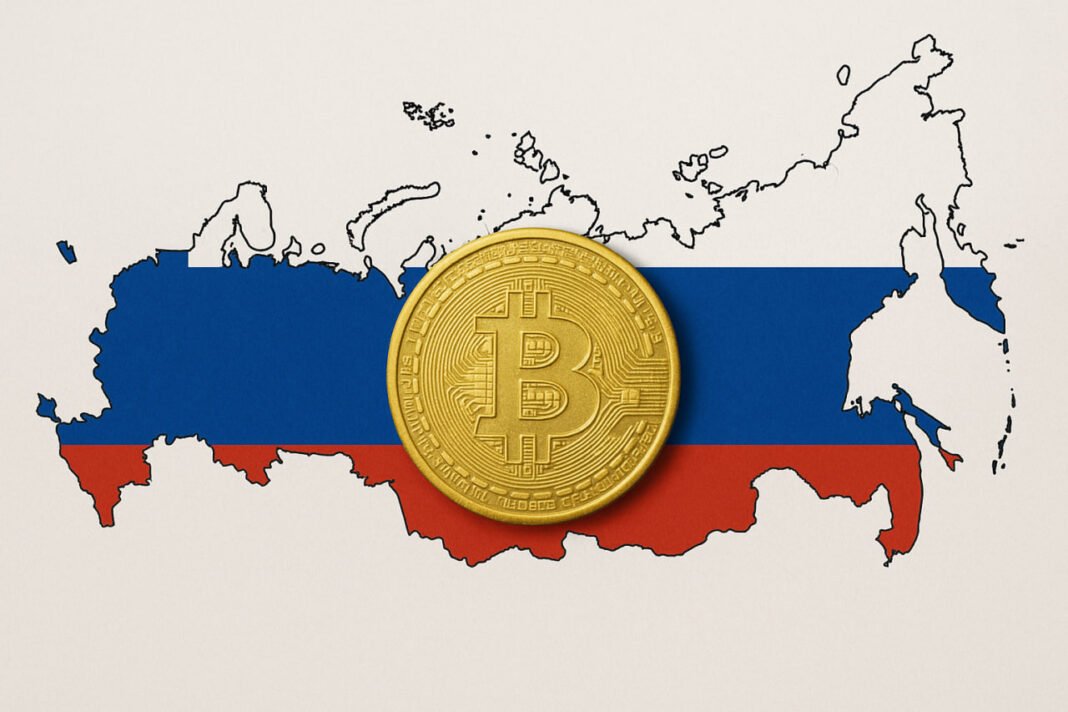Market Pulse
In a move poised to reshape international commerce and further solidify digital assets‘ role on the global stage, Russia‘s Central Bank has officially thrown its weight behind a legal framework for utilizing cryptocurrencies in foreign trade. This decisive pivot, announced in late October 2025, represents a significant policy shift for a nation long wary of decentralized digital currencies. Coming amidst an intricate web of geopolitical pressures and evolving global financial dynamics, Moscow’s endorsement signals a strategic embrace of crypto as a viable tool to facilitate cross-border transactions, potentially offering a blueprint for other nations seeking alternatives to traditional financial channels.
Kremlin’s Strategic Embrace: Bypassing Traditional Barriers
For years, Russia has grappled with extensive international sanctions, necessitating innovative solutions to maintain its economic lifelines. The Central Bank’s newfound support for a regulated crypto framework for foreign trade is a clear response to these challenges. By allowing businesses to settle transactions using digital assets, Russia aims to create a parallel financial infrastructure less susceptible to the constraints of the SWIFT system and other conventional banking networks. This move is not merely about circumventing existing barriers; it’s about establishing a more resilient and independent financial artery for its export and import activities.
- Sanction Mitigation: Provides an alternative to traditional banking channels impacted by international sanctions.
- Trade Efficiency: Potentially streamlines cross-border payments, reducing costs and settlement times.
- Financial Independence: Enhances Russia’s ability to conduct trade autonomously, reducing reliance on Western financial systems.
- Pilot Programs: Early reports suggest pilot programs focusing on commodities and energy exports are already in advanced stages.
The Mechanics of a Regulated Digital Trade System
Details emerging from the Central Bank indicate a meticulously planned framework designed to balance innovation with oversight. While the exact scope of permissible cryptocurrencies is still being refined, initial discussions point towards a preference for stablecoins pegged to major currencies or commodities, and potentially a tightly controlled set of prominent cryptocurrencies. The framework is expected to incorporate robust KYC (Know Your Customer) and AML (Anti-Money Laundering) protocols, ensuring transparency and preventing illicit flows, at least within the regulated channels. Licensed crypto intermediaries, likely state-backed or heavily regulated private entities, would play a crucial role in facilitating these trades, converting traditional fiat into crypto and vice-versa for approved transactions.
This approach signifies a cautious but calculated integration of digital assets, avoiding a complete deregulation that could destabilize the national financial system, while leveraging crypto’s inherent advantages for international payments. The focus remains strictly on foreign trade, with strict controls still in place for domestic crypto usage.
Global Implications and the Shifting Financial Landscape
Russia’s formalization of crypto for foreign trade carries significant ramifications beyond its borders. It could serve as a powerful precedent for other nations – particularly those within the BRICS+ alliance or those facing similar geopolitical pressures – to explore and adopt similar digital asset strategies. This development further fuels the ongoing narrative of de-dollarization and the emergence of a multi-polar global financial system. While the immediate impact on global crypto markets might be nuanced, the long-term effect on the utility and institutional acceptance of digital assets for cross-border settlements could be profound.
However, challenges persist. Interoperability with other national frameworks, managing price volatility for non-stablecoin assets, and ensuring the absolute security and integrity of the new digital trade routes will be paramount. The international community will be closely observing how this framework impacts global trade relations and financial stability.
Conclusion
The Russian Central Bank’s endorsement of a legal framework for cryptocurrency in foreign trade marks a pivotal moment in the evolution of both global finance and digital assets. It underscores a growing realization among nation-states that cryptocurrencies, when properly regulated, can serve as powerful tools for economic resilience and strategic independence. While the path ahead presents both opportunities and challenges, Russia’s latest move firmly places crypto at the forefront of international trade discussions, heralding a future where digital assets play an increasingly central role in global commerce.
Pros (Bullish Points)
- Enhances crypto's real-world utility for cross-border trade, proving its practical application.
- Offers a path for nations to circumvent traditional financial sanctions and achieve economic independence.
- Accelerates de-dollarization discussions and the emergence of multi-polar financial systems.
Cons (Bearish Points)
- Increases geopolitical tensions and regulatory fragmentation globally.
- Potential for illicit finance if oversight and enforcement are not robust.
- Market volatility risks for participants not strictly using stablecoins in trade.
Frequently Asked Questions
Why is Russia's Central Bank supporting crypto for foreign trade?
To bypass international sanctions, enhance financial independence, and create alternative channels for cross-border transactions, reducing reliance on traditional Western financial systems.
What types of cryptocurrencies are expected to be used in this framework?
The framework is likely to prioritize stablecoins pegged to major currencies or commodities, alongside a tightly controlled set of prominent cryptocurrencies, ensuring regulatory oversight.
What are the broader global implications of Russia's crypto trade framework?
It could set a powerful precedent for other nations to adopt similar strategies, further accelerating de-dollarization trends, and reshaping the global financial landscape towards a more multi-polar system.






